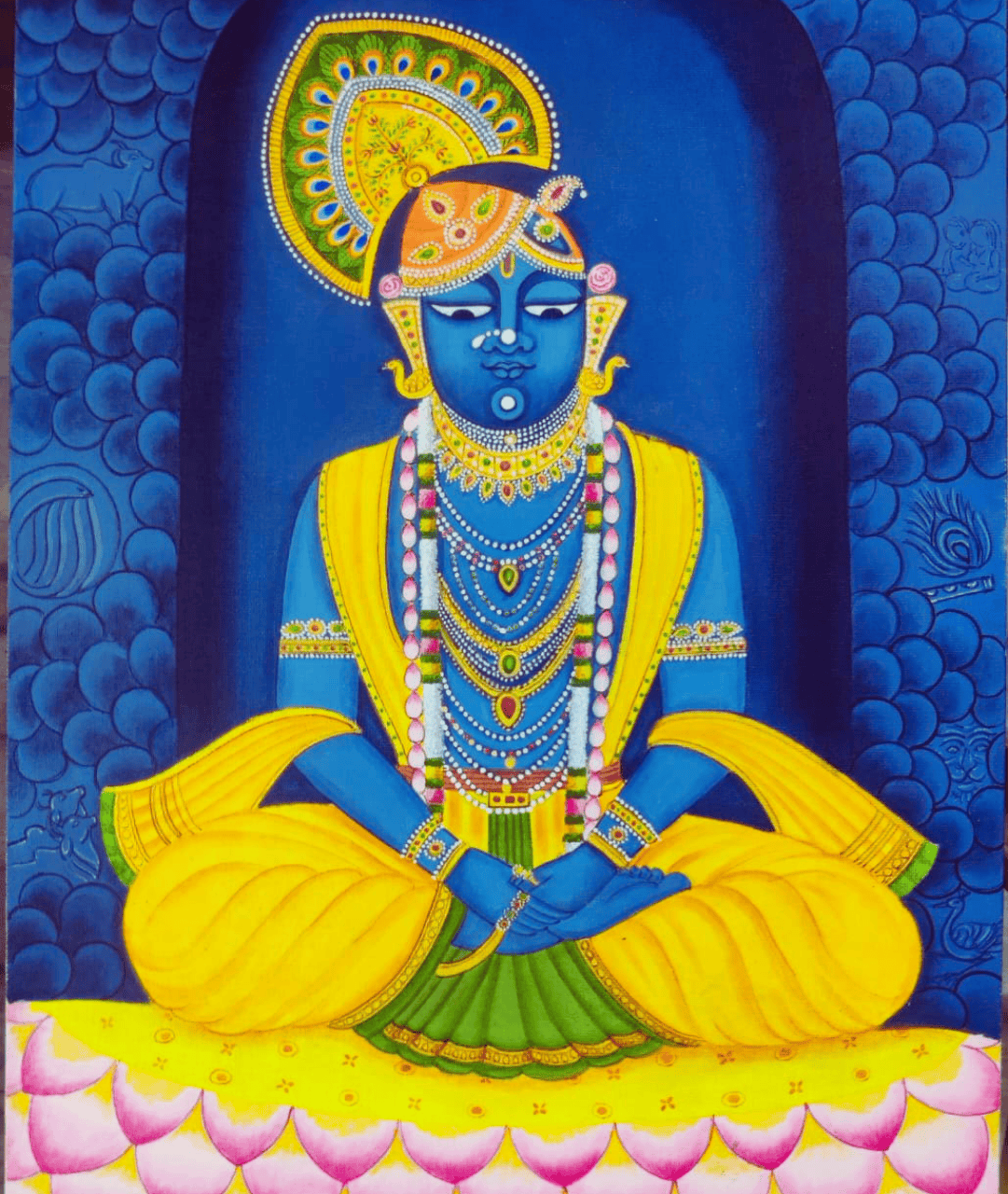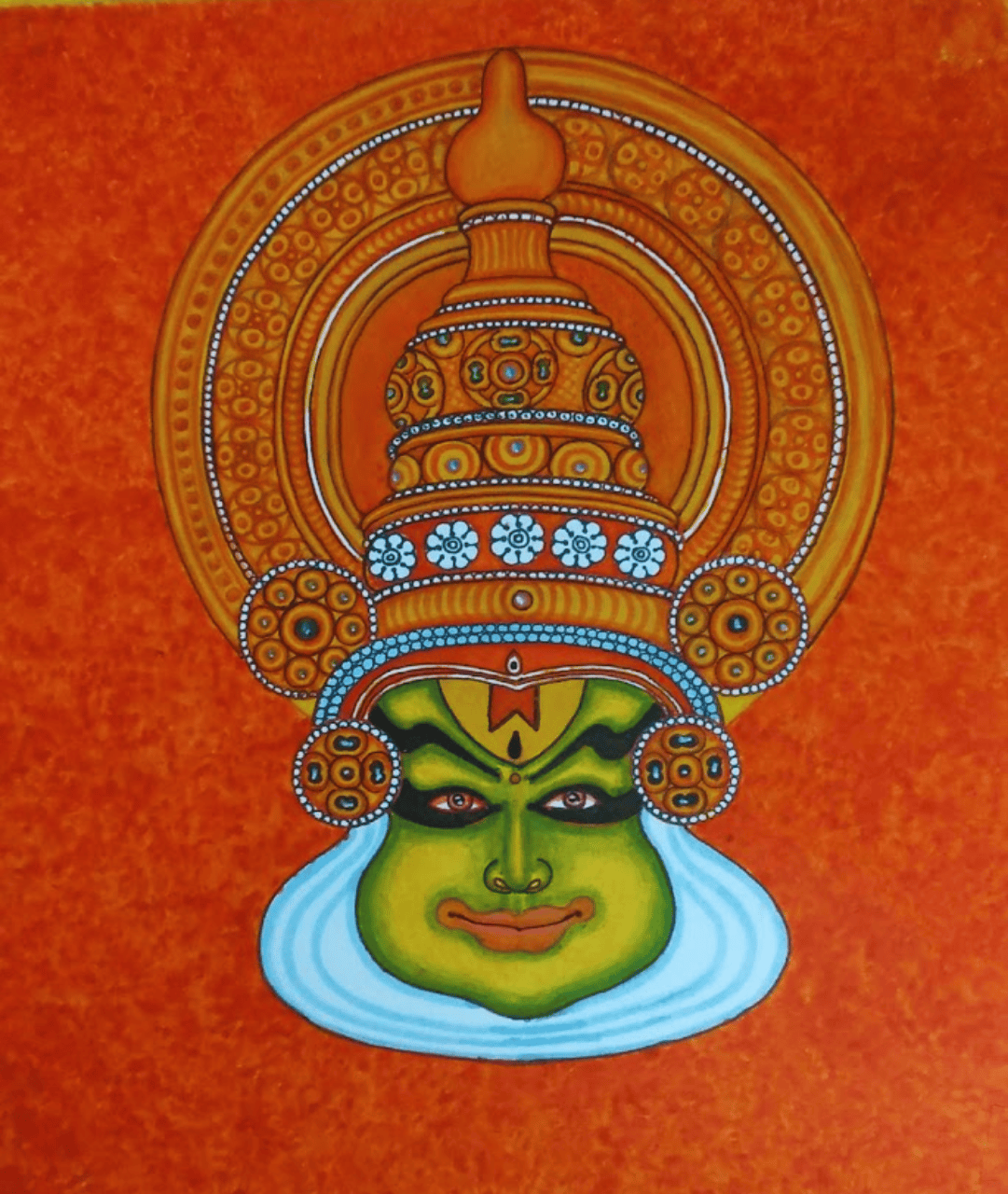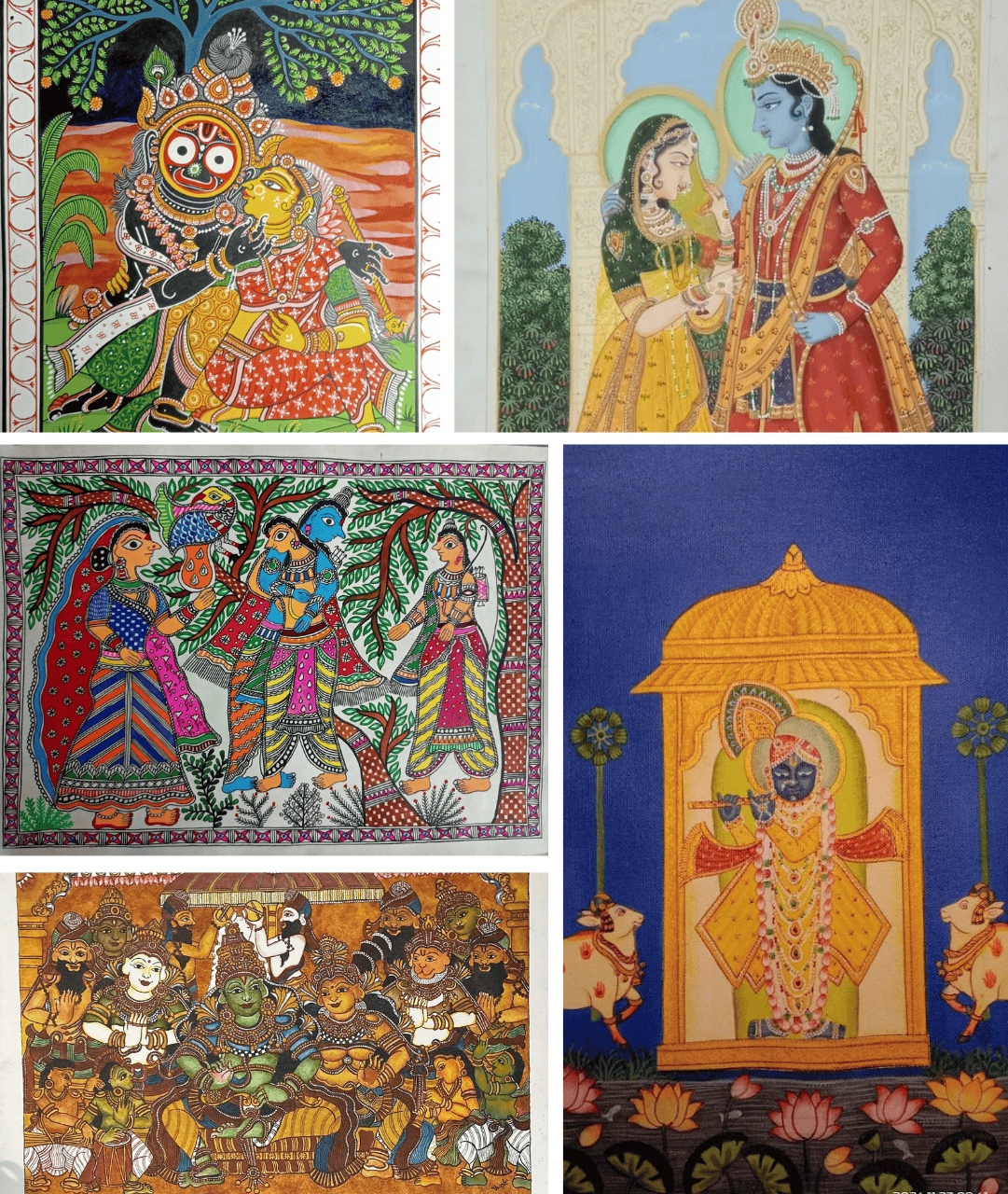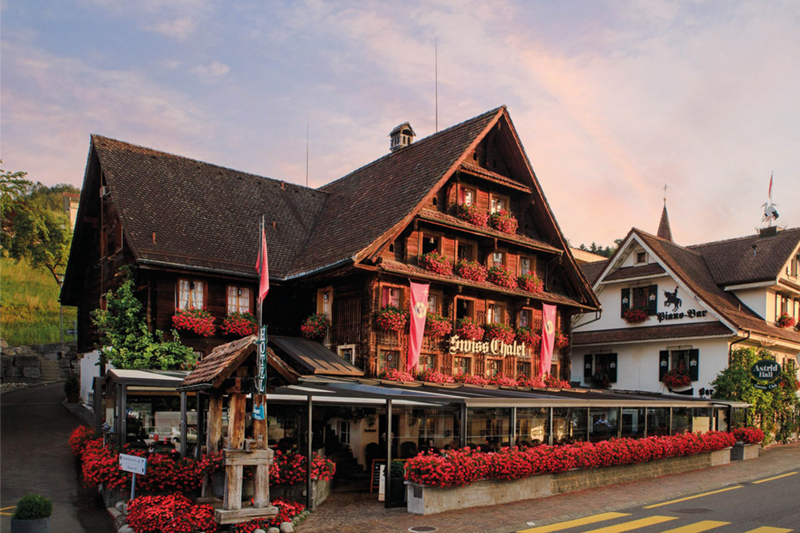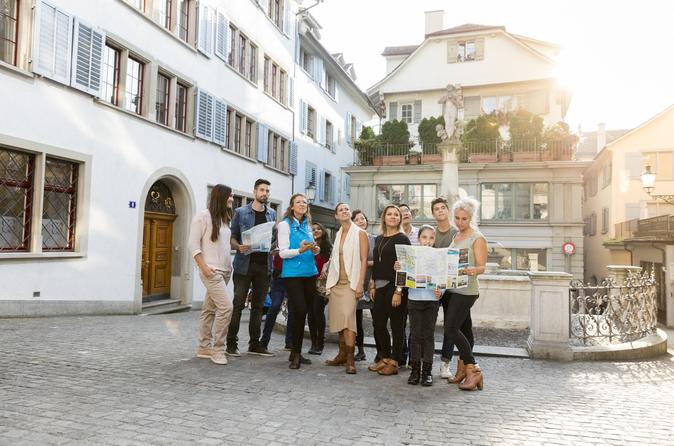India is known around the world to be the land of some of the richest art forms and cultural practices. It has been the home to numerous arts over the history of mankind. It has served as the breeding ground to folk arts that have either revolutionised the world or presented a distinctive image of our country in the eyes of the global population.
India has witnessed the evolution of the greatest art forms that have ever existed. Pottery, sculpture, paintings, wall and stone carvings, embroideries, you name it. And in a country which has a plethora of art forms, it is very difficult to believe that many of the arts are on the verge of decline. Each art form carries stories of our ancestors, their skills, and the times they lived in. It is also a reminder of our diverse culture and the talent of our craftspeople. Losing it means losing a part of our heritage.
One such example can be the well-known Madhubani Paintings of Mithila Paintings. It was originally a folk art practised by women of Mithila, a small village in the state of Bihar. The paintings are made by various tools including wooden twigs, matchsticks, brushes, and even fingers with natural dyes. These are considered unique because of their geometrical patterns. But this art form is practised only in one village and that too by only a few women and is thus a dying tradition.
And there are plenty of others like Manjusha paintings, Dhokhra handicraft, Pattachitra, Parsi embroidery, Tarakasi, and the list goes on and on.
One question will arise in your mind – why are such great arts dying?
Firstly, most of the artists who practise such arts belong to the middle-class category in terms of financial conditions, or sometimes even to the poor class as they aren’t well paid for the works they produce. There’s massive exploitation in these fields. So, every artist wants his/her ward to grow up to be a doctor, an engineer, a lawyer, or anything but an artist. Secondly, the young generations do not have much patience or the potential to master the skills in specific arts as they’re more focused on studies and jobs. Some even find these arts comparatively boring to scrolling through social media feeds.And last but not the least, one of the major factors behind this is the disinterestedness of the common masses in Indian artworks and handicrafts. People prefer factory-made branded goods over the hand-made ones.
So what’s the solution? How can we revive these fading artforms? Here’s how we can help:
We may take a workshop or watch tutorials to understand the artform. Secondly look for genuine, handcrafted pieces and support the artisans who make them. Buy directly from them or at stores that promote fair trade. Think of ways to use the artform in your own life. Maybe decorate your home with it, gift it to loved ones, or even incorporate it into your hobbies.By taking small steps, we can help revive this fading artform and keep its stories alive for generations to come. Remember, every action, big or small, counts.












